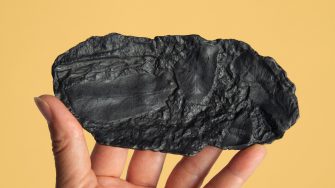Encountering the extinction line: how art can help us re-imagine and bear witness to climate futures
Art that’s culturally aware and connected to place can influence our climate-change trajectory, says a researcher from UNSW Arts, Design & Architecture.

